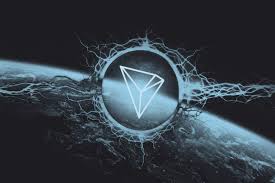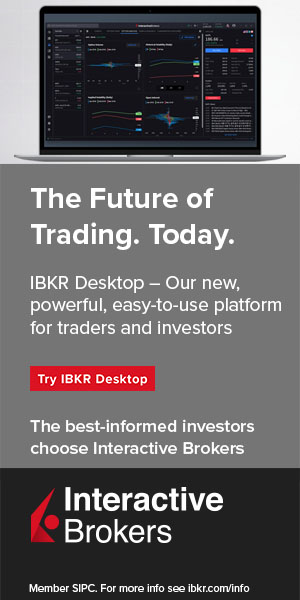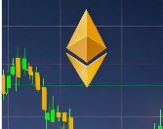The year is 2017, and the crypto world is experiencing its first major surge. Enter Justin Sun, a young entrepreneur with a bold vision that captured the attention of even the most experienced investors. Having recently served as Ripple’s chief representative in Greater China and mentored by Alibaba’s Jack Ma, Sun wasn’t just thinking big—he was aiming to revolutionize the industry.

His brainchild, Tron, was designed to disrupt the entertainment sector. The concept was straightforward: eliminate intermediaries and allow content creators to connect directly with their audiences. The proposal appealed to both creators and consumers, offering a future where artistic expression could thrive, free from corporate control.
By 2018, Tron reached a significant milestone: the launch of its very own mainnet. This wasn’t merely a technical enhancement—it was Tron’s bold declaration of independence from Ethereum, signaling that it was ready to compete at the highest level.
But Justin Sun had bigger plans. Shortly after, he introduced the Tron Virtual Machine (TVM), allowing developers to create smart contracts on Tron’s platform. This move opened up a new realm of possibilities and positioned Tron as a serious competitor to Ethereum.
Today, Tron ranks as the second-largest layer-1 platform by Total Value Locked (TVL), trailing only behind Ethereum. This achievement is a testament to Sun’s vision, the team’s unwavering dedication, and the strength of a community that believed in the project’s potential.

Important Metrics
Daily Active Users (DAU): Data from Token Terminal shows that Tron boasts over 2.04 million daily active users, a remarkable 50% growth over the past year. This figure puts Tron well ahead of its competitors, including Ethereum (370k), Solana (1.1 million), and Binance Chain (783k), solidifying its position as a leading platform in terms of user activity.
Fees and Incomes: Tron primarily generates revenue through transaction fees on its network. Thanks to its high user engagement, Tron currently brings in more monthly revenue through fees—$154 million—surpassing Ethereum’s $87 million.
Market Capitalization: TRX’s market capitalization has grown to over $10.4 billion, marking a 50% increase year-over-year. However, when compared to other layer-1 tokens, TRX still trails behind Ethereum ($281 billion), Binance Coin ($61 billion), Solana ($56 billion), and TON ($13 billion).
Market Analysis
The problem it solves: Tron’s primary objective is to decentralize the internet by offering a platform where developers can build decentralized applications (dapps) and content creators can directly engage with their audiences. While the platform has broader ambitions, its ecosystem is currently dominated by decentralized finance (DeFi) applications.
Customers: Tron’s potential users include app developers, content creators seeking decentralized solutions, consumers looking for direct access to content, and blockchain enthusiasts.
Value creation: By cutting out intermediaries, Tron seeks to provide a fairer distribution of rewards to creators. This approach can reduce costs for consumers while offering them transparent, direct access to digital content.
Regulatory risks: Tron faces considerable regulatory challenges due to its scale. It has already encountered legal action from the SEC, which has accused the Tron Foundation and its founder of selling unregistered securities and engaging in manipulative wash trading to inflate TRX’s trading volume.

What Tron Is Leveraging On
How strong is the company’s moat? Can it fend off competitors?
Technology/Blockchain Platform:
Tron initially launched as an ERC-20 token on the Ethereum network but transitioned to its blockchain in 2018, allowing it to operate independently and enhance its platform’s capabilities.
Although Tron entered the decentralized platform market after pioneers like Ethereum, it quickly gained a strong foothold, particularly in the Asian market, where it has carved out a significant presence.
Also, Tron’s founder, Justin Sun, is well-connected within the crypto space, leveraging his industry relationships to gain access to key players and strategic opportunities.
User Adoption
Tron prioritizes high throughput and seeks to transform content sharing by allowing creators to engage directly with their audiences, eliminating the need for intermediaries. This vision of a decentralized content-sharing platform offers a compelling edge in the blockchain landscape, potentially drawing in new users. However, understanding blockchain technology is still essential for fully utilizing the platform.
Tron has forged significant partnerships, most notably with Samsung in 2019, following its acquisition of BitTorrent the previous year. These collaborations with well-established brands have bolstered Tron’s credibility.
Additionally, Tron maintains a strong social media presence, with over 1.5 million followers on Twitter and 130k members on its subreddit, further enhancing its visibility and community engagement.
Conclusion
Tron has solidified its role as a prominent player in the highly competitive layer-1 blockchain arena. It ranks just behind Ethereum in Total Value Locked (TVL) and boasts impressive user engagement, with over 2 million daily active users. Backed by a robust technological infrastructure, key strategic partnerships, and a skilled team, Tron is well-positioned to capitalize on the increasing adoption of blockchain technology.
However, the project faces considerable challenges that could hinder its progress. Leadership controversies, particularly those surrounding founder Justin Sun, have sparked concerns regarding Tron’s integrity and long-term stability. Despite these issues, its technological successes and strong user base continue to propel it forward, even as it grapples with legal battles and leadership scrutiny.
Learn from market wizards: Books to take your trading to the next level.


 Hot Features
Hot Features











